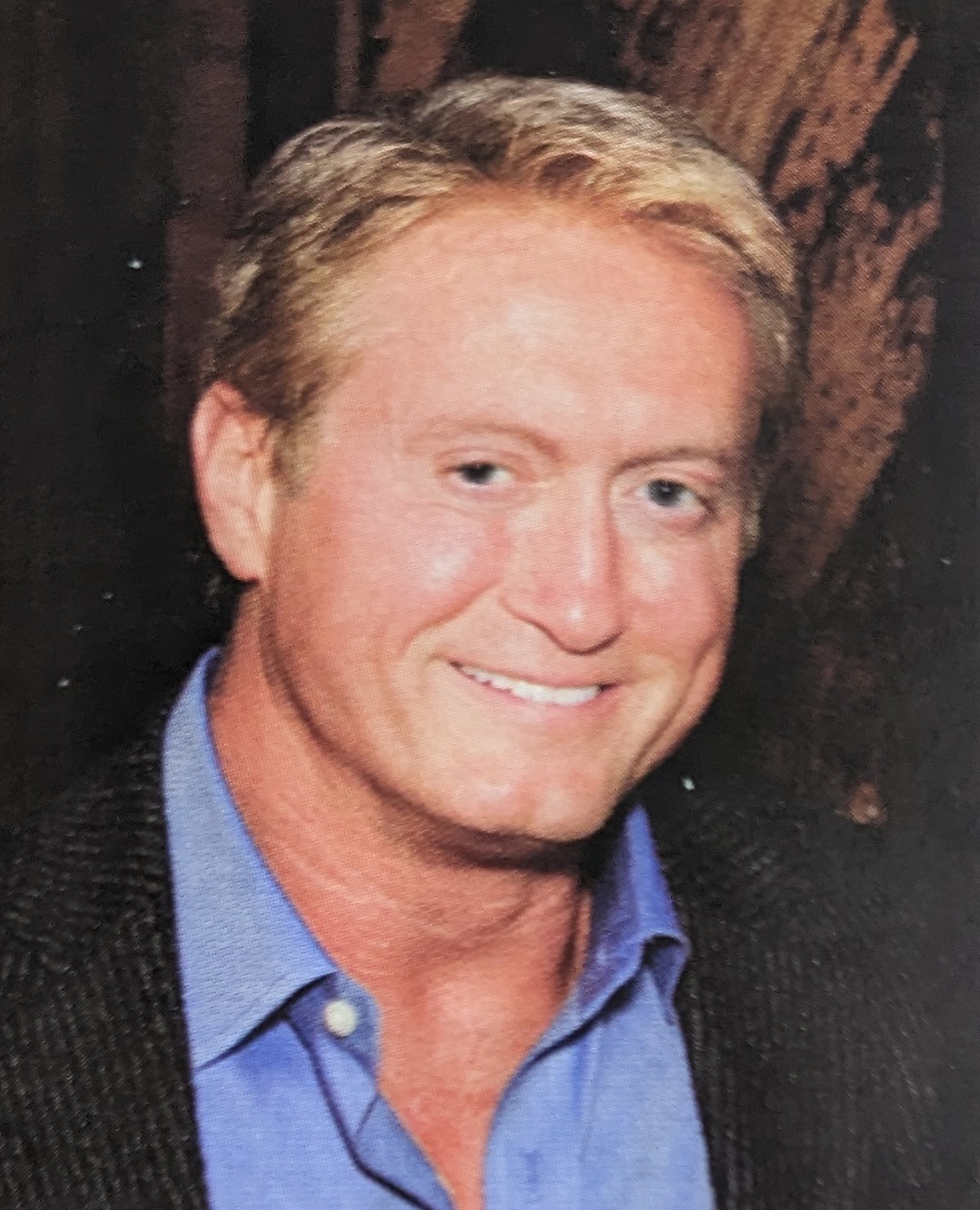About Grady Gaston
Grady Gaston, III, a skilled software engineer and entrepreneur based in Huntsville, Alabama, has an extensive career spanning over three decades. With a keen eye for innovation, he co-founded a defense contracting company in 1990, which soon became a leader in the technology sector. He later expanded his ventures, co-founding a digital signature company in 1995. Over the next 16 years, he served as an officer for both companies, helping them earn the trust of government agencies and commercial enterprises by providing solutions to intricate problems and managing large-scale projects. His contributions have made a lasting impact on the tech industry.
The Early Years: His Passion for Computers
Grady’s passion for technology began while pursuing his Bachelor’s degree. He worked as a courier for the Computer Sciences Corporation, where his exposure to computer operators fueled his growing interest in programming. His enthusiasm for learning led him to spend much time with the operators, soaking in their knowledge. This experience eventually allowed him to step in during technical emergencies, where he demonstrated his growing skills. His talent and drive soon earned him a position as a programmer, and from that moment on, he was committed to a career in the technology field.
His Education
Gaston pursued a dual Bachelor of Science degree in Finance and Management from the University of Alabama, Huntsville, followed by a Master of Science Degree in Software Engineering from Southeastern Institute of Technology. Additionally, the Institute for the Certification of Computer Professionals certified him as a data processor. His academic journey exemplified his commitment to both technical proficiency and leadership. Beyond his degrees, he received the University of Alabama Huntsville Life-Time Achievement Award in 2002. He also held several leadership roles at the university, including serving as President of the Alumni Association and as a trustee for local school systems.
A Bespoke Legacy
Grady’s technological legacy is defined by his pivotal role in developing a financial management system that became the Department of Defense (DoD) standard. This system was the only one to pass the CFO Act of 1990 for 15 consecutive years, a testament to its reliability and efficiency. Beyond financial systems, he is widely recognized for pioneering digital signature technology and smart cards, which he first introduced in 1991 through collaborations with the National Institute of Standards and Technology (NIST) and the Government Accountability Office (GAO). His digital signature software, with over four million users, remains the most widely used within the DoD.
Gaston’s Vision
Grady P Gaston’s vision for his companies was to provide effective software solutions for the rapidly advancing technology landscape. In the early stages, he and his team created custom applications like Engineering Change Proposal (ECP) systems, Data Dictionaries, and Configuration Management Systems long before such commercial applications existed. His dedication to innovation ensured that his work would remain valuable to the DoD, even though the software developed under defense contracts was not commercially available. However, his digital signature solution was an exception, as he ensured its intellectual property rights remained his own, allowing him to offer it as a solution to widespread problems within government systems.
Obstacles to the Solution
Developing a solution for the U.S. Army Corps of Engineers (USACE) was challenging. The USACE has a vast and storied history, including its role in the Manhattan Project. Addressing the Corps’ financial bottlenecks required extensive military leadership and Congress support. The USACE, unique in receiving both military and civil funds, had to meet the requirements set by the Government Accountability Office (GAO) and the Office of Management and Budget (OMB). Overcoming these obstacles, Grady’s team secured the necessary approvals and created a groundbreaking solution for electronic signatures.
Legally Binding Signatures
In a crucial meeting with the GAO, Gaston ensured that his digital signature solution met the legal criteria necessary to be sanctioned as legally binding. A key part of this was the development of the Federal Information Processing Standard (FIPS) Pub 140-1, drafted by NIST, which laid out the rules for authenticating messages. The system had to ensure that the signer had control over the signature, could see all the data being signed, and could verify the signature while also being immune to fraud. By early 1992, his system, dubbed “ESIG,” was operational, and by 1993, it was recognized as legally binding by the GAO.
How it Worked
The Grady ESIG system used symmetric key technology, where the encryption key was the same as the decryption key. The process involved hashing a document to a 20-byte value and signing it with the encryption key. To meet the GAO’s security criteria, a dual-control system was implemented, meaning that no one could generate a signature using only their own key. The system required two keys to be combined to create a third key used for signing the document, ensuring the integrity and security of the process.
Security of the Keys
Grady Paul Gaston’s solution required a sophisticated key security method, as the system managed substantial taxpayer money. Drawing inspiration from smart card technology, already in Europe, he adopted a system that used cryptographic smart cards. These cards were embedded with encryption capabilities, providing a highly secure method for managing and signing documents. The system required two smart cards to log in, combining their keys to create a unique encryption key, ensuring the highest level of security.
New Clients
Gaston’s groundbreaking work in digital signatures soon caught the attention of other U.S. government agencies. After successfully deploying his system to the U.S. Army Corps of Engineers, the U.S. State Department sought guidance on implementing a similar solution for their financial system. He and his team quickly recognized the potential of his technology, though the initial costs of implementing it were prohibitive for many organizations. Nevertheless, his work continued to expand, and by the late 1990s, other high-profile clients, including the U.S. Census Bureau, had implemented his digital signature solution.
The Drop-In Solution
To address the growing need for a more cost-effective and accessible solution, Grady’s team combined his existing digital signature solution with the RSA encryption algorithm developed by MIT professors in the 1970s. This combination eliminated the need for expensive hardware and allowed the solution to be implemented at a fraction of the cost. The result was the development of DBsign, a software solution that became the standard for the Department of Defense’s Defense Travel System. DBsign allowed data to be signed directly into the database, making the process faster and more efficient.
Gaston’s Additional Accomplishments and Milestones
Gaston’s contributions to digital signatures and secure technology have been numerous and groundbreaking. He played a key role in developing the DoD Public Key Infrastructure (PKI) roadmap. He received the first Joint Interoperability Test Command (JITC) certification for a digital signature solution 2001. His work continued to evolve with the development of digital signatures for mobile devices in 2016, the deployment of digital signature solutions to cloud technologies in 2018, and his receipt of the Cybersecurity Maturity Model Certification (CMMC) Level 2 Assessment in 2023. His innovations continue to shape the field of digital security.
Gaston’s Hobbies
In addition to his impressive professional accomplishments, Grady Gaston enjoys maintaining the historic Sim Corder/Harrison Mill, which he restored in 2005. This mill, built by his great-grandfather, was initially powered by a waterwheel, which he could locate and return to its original position. He also has a passion for fitness, having set personal strength goals that he continues to meet well into his 60s. His commitment to maintaining both his physical health and his family’s legacy reflects his lifelong dedication to excellence in all areas of his life.
Gaston’s career is a remarkable story of innovation, leadership, and dedication. His software engineering and digital security contributions have left a lasting legacy in government and commercial sectors. He continues to influence the tech industry, and his work in pioneering digital signatures has changed how secure documents are managed across various sectors. As a visionary in the field, his impact will be felt for years.

Portfolio
Grady Gaston


